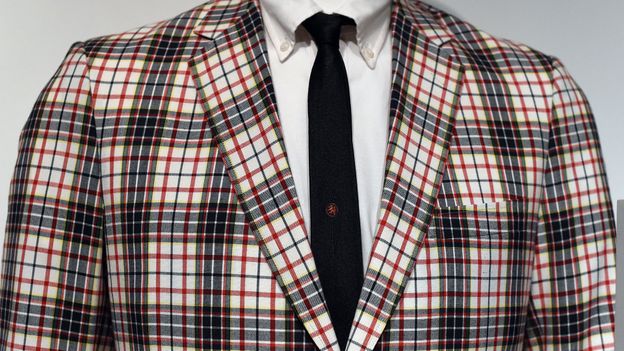“The weaving of cotton textiles in South India had been recognized for hundreds of years earlier than the British constructed a port at Madras within the 18th century, nevertheless it was this port and the British East India Firm that led to Madras textiles being unfold throughout the trendy world was traded.”, says Sjah.
Chennai-based textile researcher Sreemathy Mohan says the Coromandel coast has at all times been recognized for its materials, particularly handloom plaid materials. ‘In Tamil tradition, a grid has at all times been a robust image [for example in] for Col [designs drawn on the floor]. Even gods in our temples are wearing checkered materials. Marriage ceremony saris have been managed in lots of communities and have been normally solely hand woven in pink, blue, white and yellow colours.
“These easy cheques, hand-woven on muslin, have been recognized by numerous names: Madras cheques, true Madras handkerchief, George fabric (after Fort St George in Madras), Guinea fabric or bleeding Madras. Within the time of easy pit looms was this was simply alternating colours utilized in warp and weft,” says Mohan. The odor “of oil and vegetable dyes” was additionally distinctive.
A checkered previous
In her e book Asian Embroidery, artwork historian Jasleen Dhamija dates the primary export of checked fabric beneath the identify ‘Madras’ to 1660, when British retailers used the time period Actual Madras Handkerchief, or RMHK, to explain 8 meter lengthy bales of material made into three sq. headscarves lower to keep away from a tax. RMHK fabric has been traded with West Africa for the reason that sixteenth century. Portuguese slave merchants traded the materials in London in trade for slaves they may ship to America.

